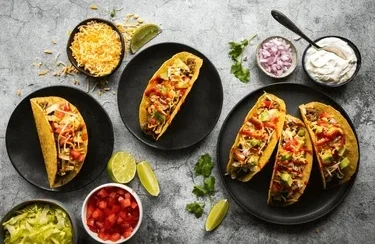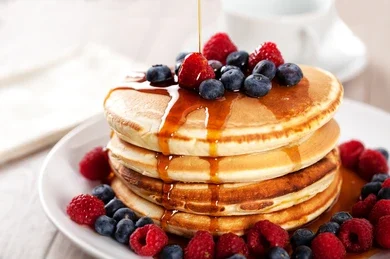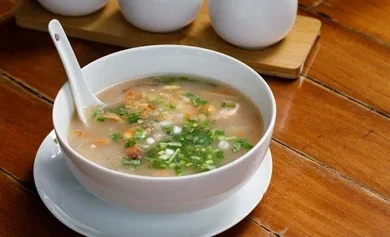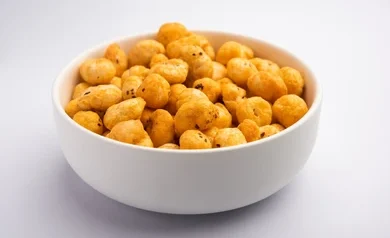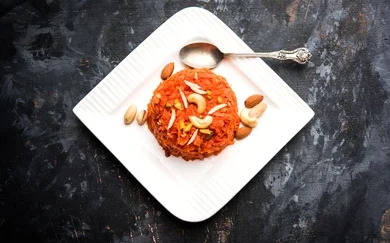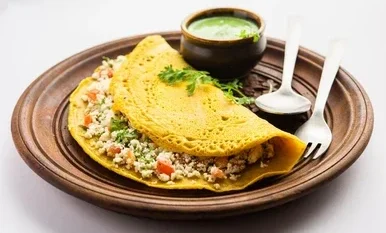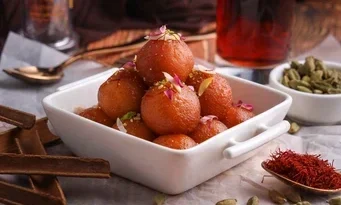Veggie Tacos
Tacos are a loved Mexican dish loved worldwide for his or her scrumptious flavors and flexibility. The history of tacos is as wealthy as their taste, with roots tracing returned to indigenous Mesoamerican cultures, specially the Aztecs. Origin Story : Tacos have a rich and diverse history that spans centuries and continents. The story of tacos begins in pre-Columbian times in Mesoamerica, particularly in what is now modern-day Mexico. The indigenous peoples of this region, such as the Aztecs, Mayans, and other ancient civilizations, are credited with developing the early forms of tacos. The word “taco” itself is assumed to have originated from the Nahuatl language spoken with the aid of the Aztecs. The term “tlahco,” meaning “half” or “in the middle,” was used to describe the way food was placed in the middle of tortillas. Over time, this evolved into what we now know as tacos. Initially, tacos were a simple yet ingenious way to wrap and consume food. The indigenous people of Mesoamerica used maize (corn) as a staple crop, and they would grind it to make dough for tortillas. These tortillas were then used to wrap various fillings, which could include fish, beans, vegetables, and meats. With the arrival of Spanish conquistadors in the 16th century, Old World ingredients like pork, chicken, beef, and cheese were introduced to the Americas. This further diversified the fillings used in tacos, leading to the creation of various regional and cultural variations. The popularity of tacos grew over time, especially in Mexico. They were initially considered street food and were sold in markets, by vendors, and in humble eateries. However, as Mexican cuisine gained international recognition, tacos became a symbol of Mexican culinary identity. In the 20th century, Mexican immigrants brought tacos to the United States, where they gained immense popularity, particularly in states with large Hispanic populations such as California and Texas. The adaptation of tacos in the U.S. led to the creation of new styles and flavors, including the now-iconic crunchy taco shell. Today, tacos are enjoyed worldwide, with countless variations and interpretations. From traditional street tacos found in Mexico City to gourmet fusion tacos served in upscale restaurants, tacos continue to evolve and captivate food enthusiasts everywhere. Ingredients 8-10 corn or flour tortillas 1 can (15 oz) of black beans, tired and rinsed 1 red bell pepper, diced 1 green bell pepper, diced 1 onion, diced 1 cup corn kernels (fresh, canned, or frozen) 1 tablespoon olive oil 1 teaspoon ground cumin 1 teaspoon chili powder Salt and pepper, to taste Toppings (optional): shredded lettuce, diced tomatoes, avocado slices, salsa, sour cream, shredded cheese, lime wedges. Instructions: Prepare the Filling: Heat olive oil in a massive skillet over medium warmth. Add diced onion and bell peppers to the skillet. Sauté until the greens are tender and barely caramelized, about five-7 mins. Stir in corn, black beans, floor cumin, chili powder, salt, and pepper. Cook for a similarly 2-3 minutes till heated through. Warm the Tortillas: In a separate skillet or directly over a gas flame, warm each tortilla for about 10-15 seconds on each side until soft and pliable. Stack the warmed tortillas and cover with a clean kitchen towel to keep them warm. Assemble the Tacos: Spoon a beneficiant amount of the vegetable filling onto each tortilla. Add desired toppings such as shredded lettuce, diced tomatoes, avocado slices, salsa, sour cream, shredded cheese, and a squeeze of lime juice. Serve and Enjoy: Serve the veg tacos immediately while warm. Customize each taco with additional toppings according to personal preference. Tips : Experiment with different vegetable fillings such as zucchini, mushrooms, or spinach. For a vegan version, omit the sour cream and cheese or use plant-based alternatives. Serve with a facet of Mexican rice, refried beans, or a sparkling salad. Whether enjoyed as a quick weeknight dinner or served at a festive gathering, these veg tacos are a delicious and versatile dish that celebrates the vibrant flavors of Mexican cuisine. Feel unfastened to get innovative and adapt the recipe on your flavor options. Enjoy your homemade veg tacos!
